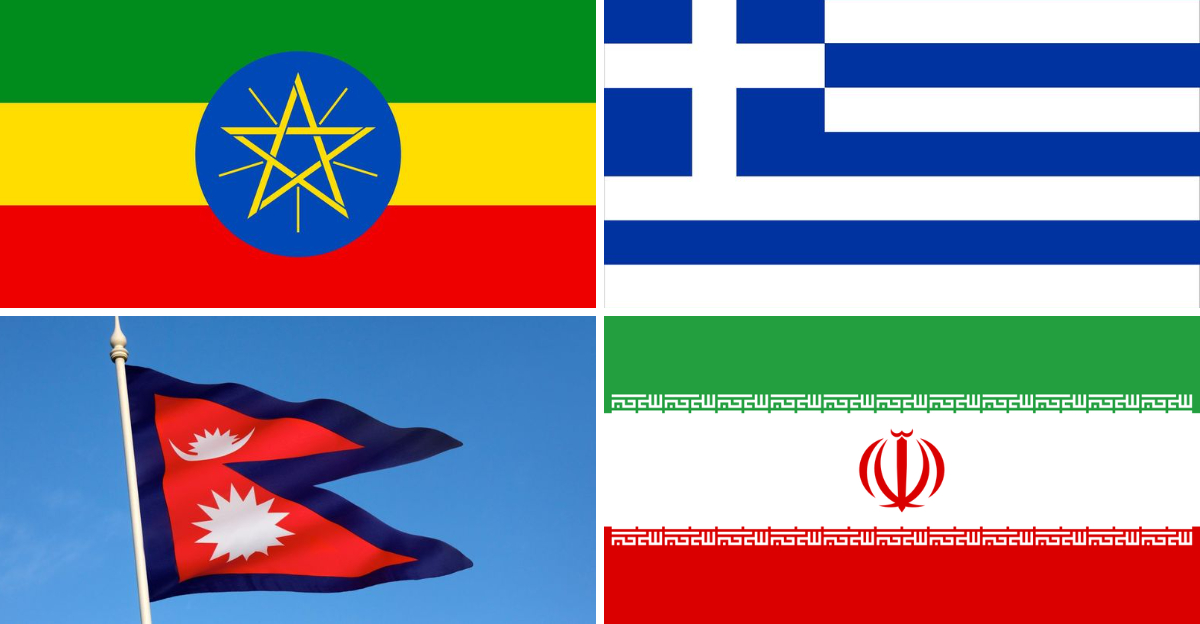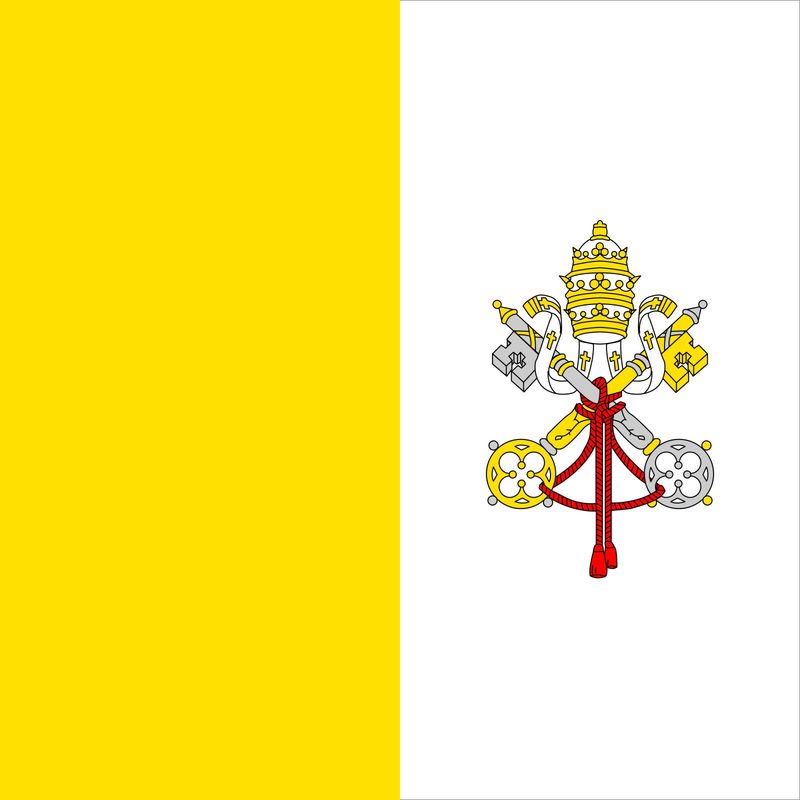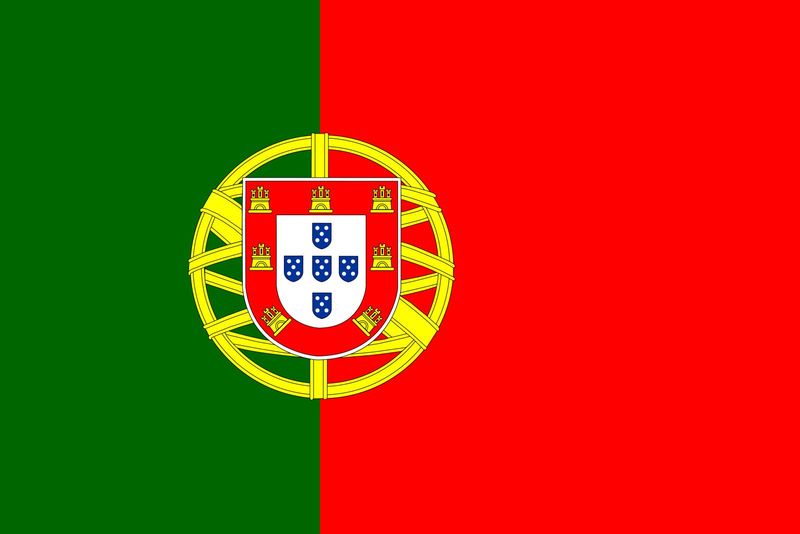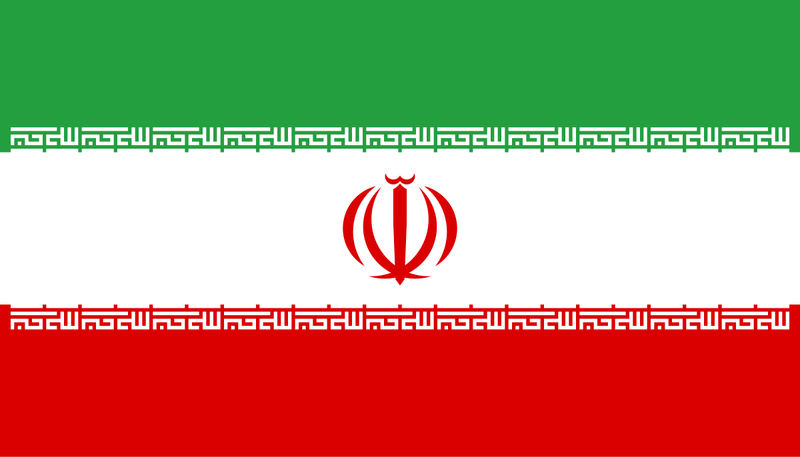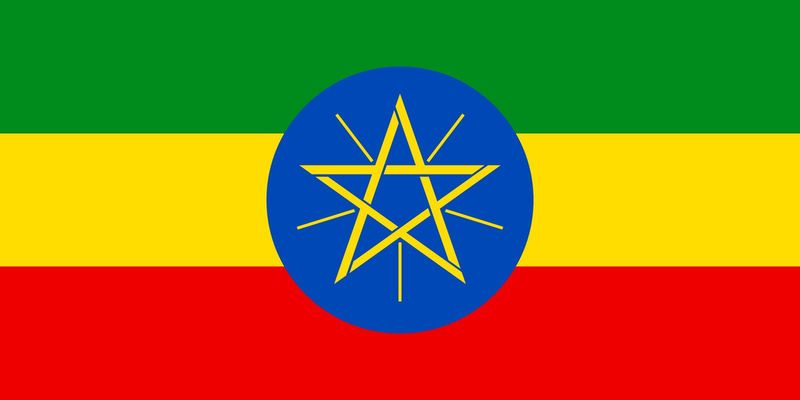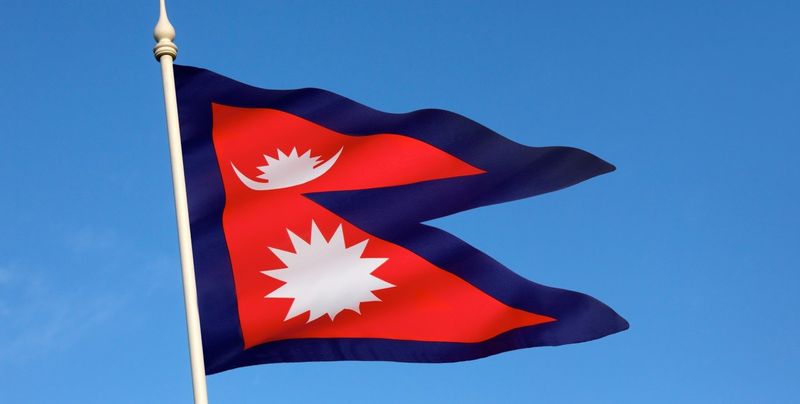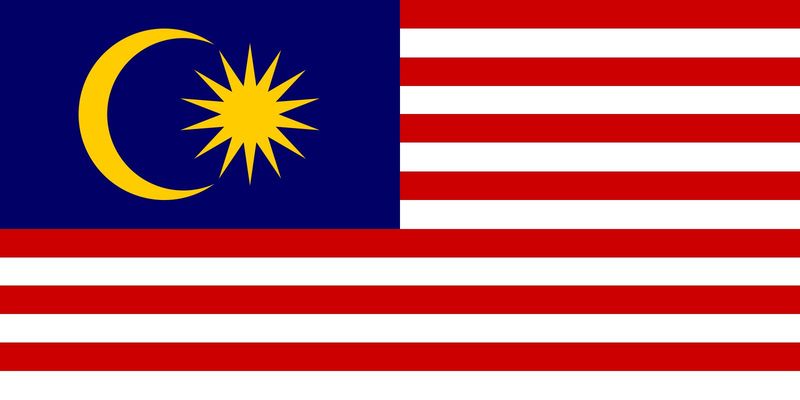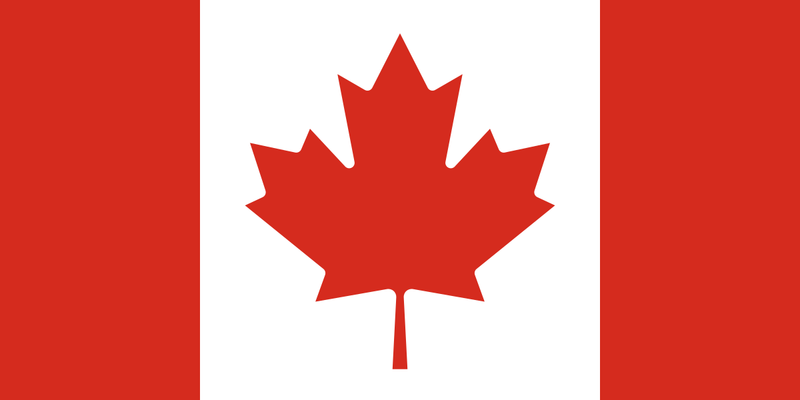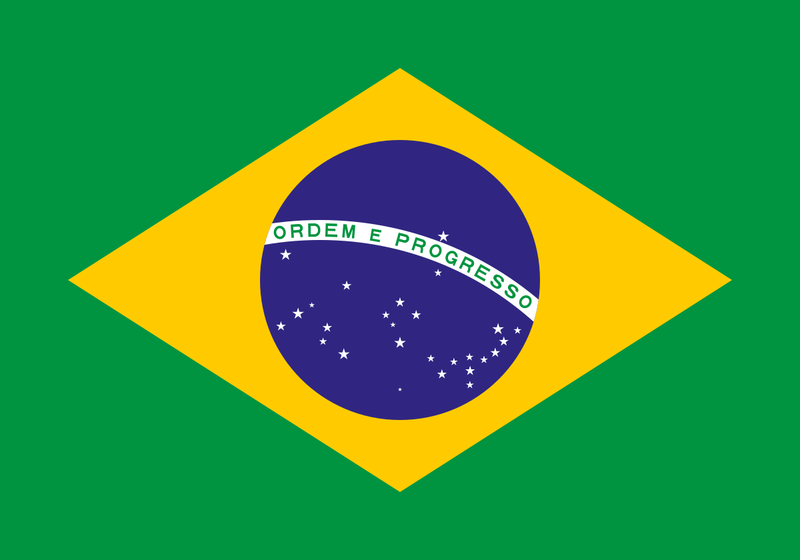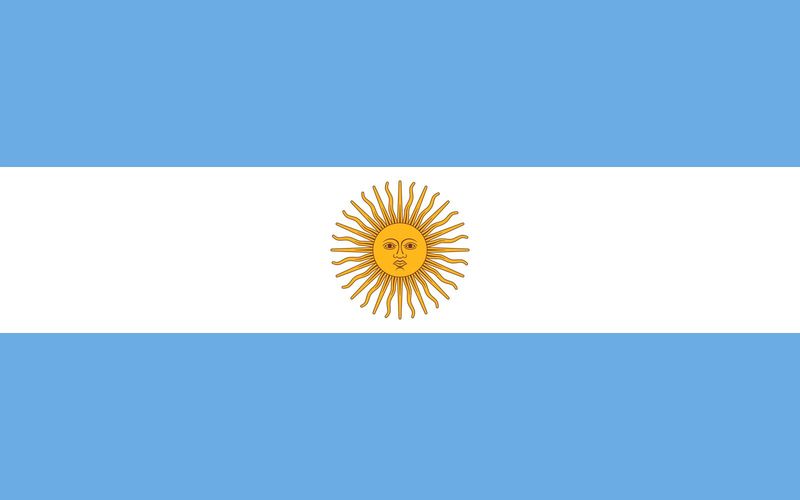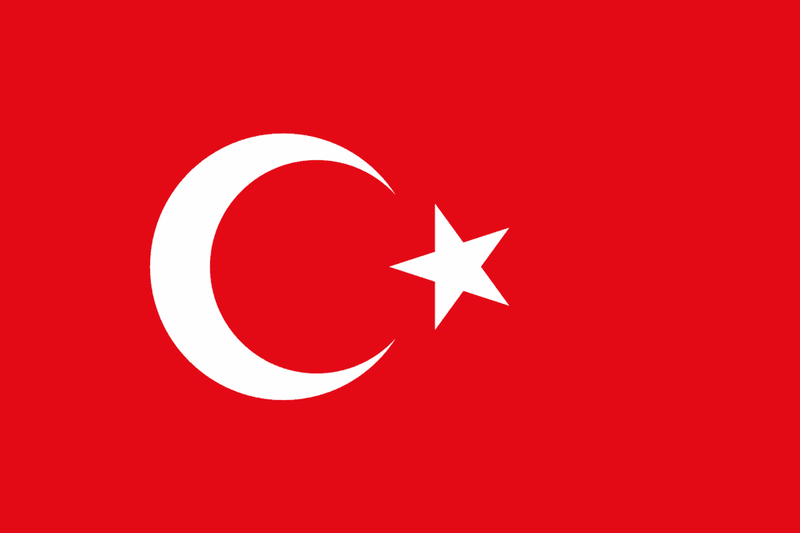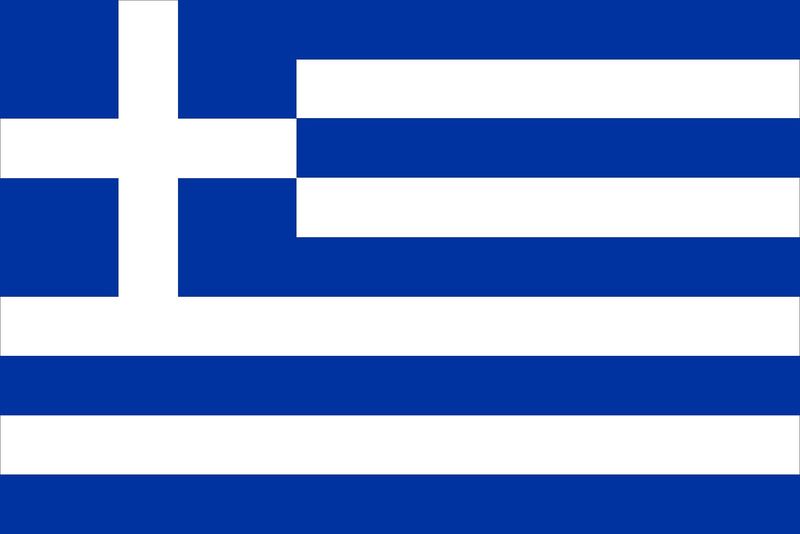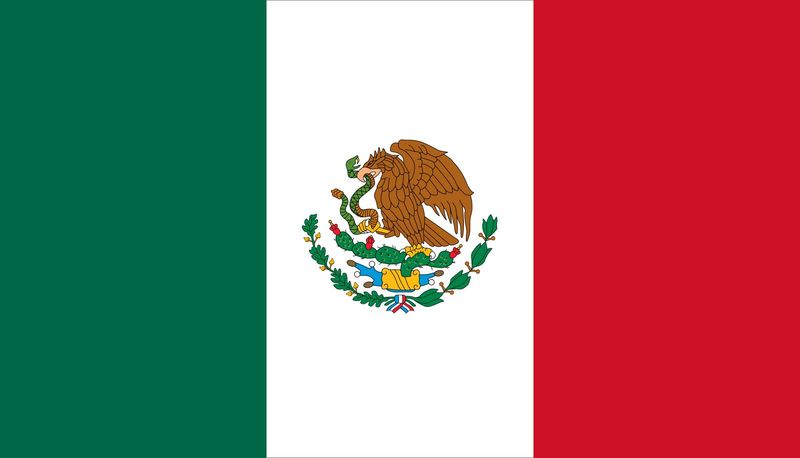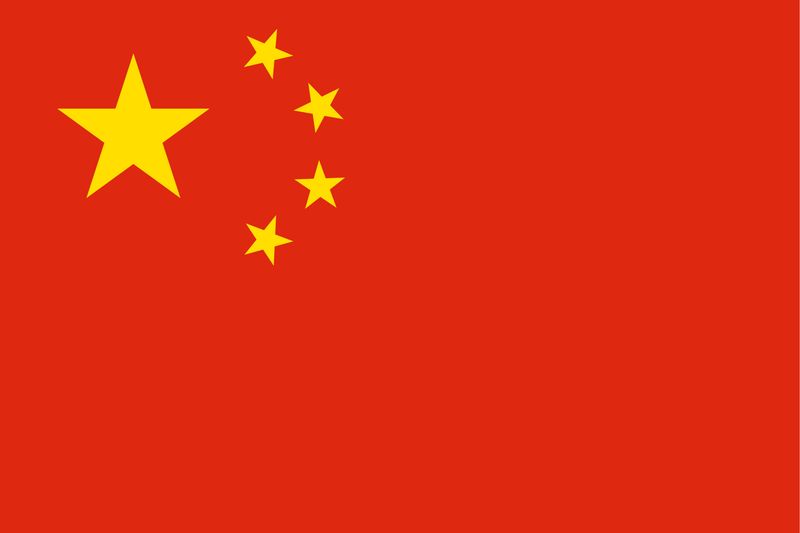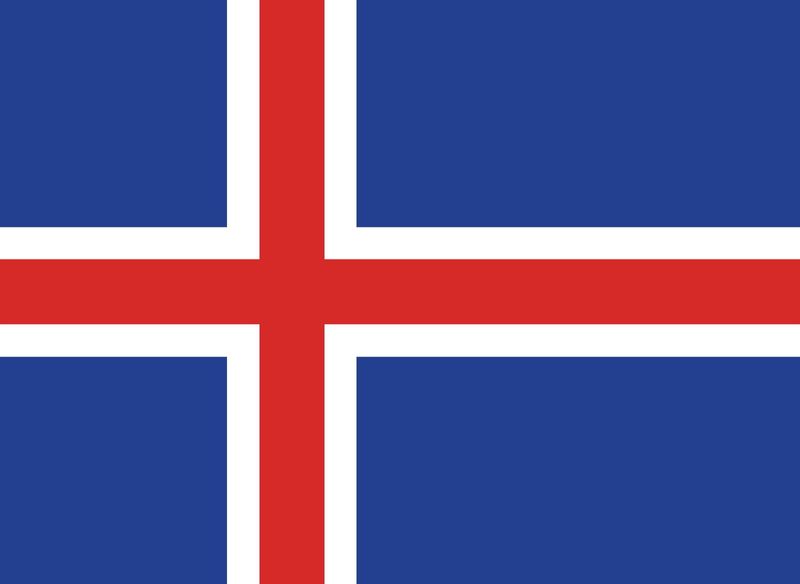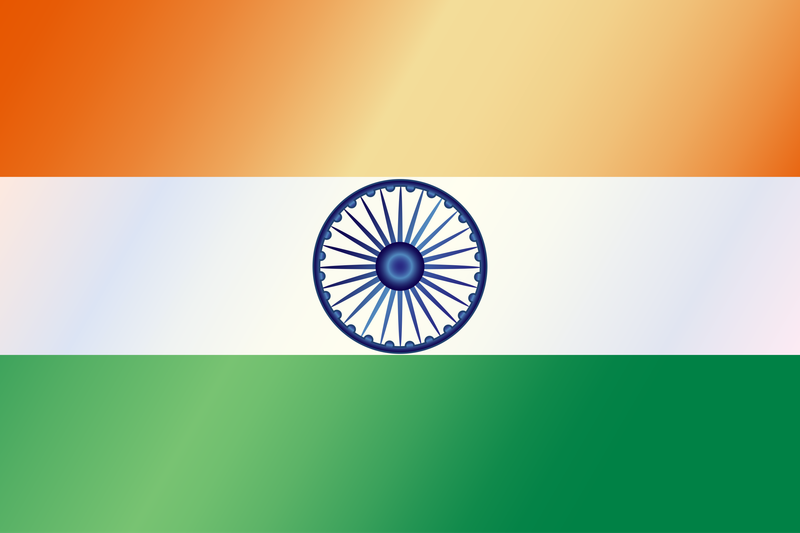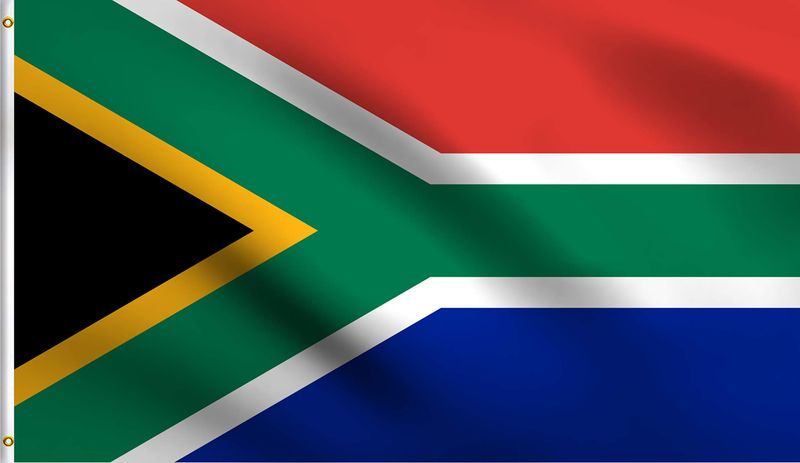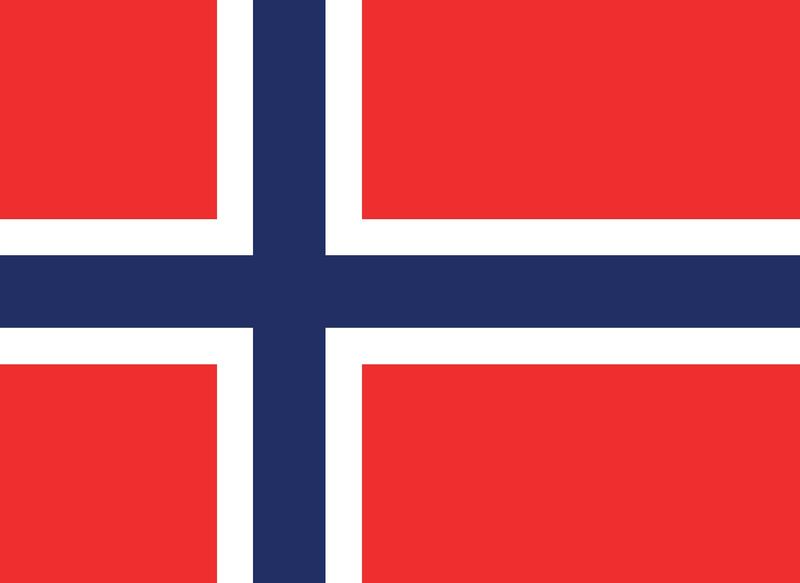Explore the artistry and symbolism behind the world’s top 25 national flags. Each flag tells a unique story through its design, colors, and emblems, reflecting the cultural identity and heritage of its nation.
From geometry to symbolism, these flags are not just pieces of fabric but powerful national symbols.
25. Vatican City
The Vatican City’s flag is a testament to the unique religious significance and sovereignty of the world’s smallest independent state. With vertical bands of yellow and white, it symbolizes the spiritual and earthly realms. The crossed keys and papal tiara emblem represent the power of the Pope and the Vatican’s religious authority. Intricately designed, it stands as a beacon of faith and history, reflecting centuries of papal tradition and influence.
24. Portugal
Portugal’s flag is rich with historical symbolism, reflecting its maritime heritage and national pride. The green and red colors are a bold statement of the nation’s spirit. At the center, the armillary sphere signifies Portugal’s age of exploration, while the shield, adorned with castles and escutcheons, epitomizes the country’s defense and history. This asymmetrical design captures the essence of a nation with profound historical roots and cultural vibrancy.
23. Iran
Iran’s flag is a masterpiece of intricate design, blending modernity with centuries-old tradition. The emblem in the center, a stylized representation of the word “Allah,” conveys deep spiritual meaning. Along the edges, the Kufic script repeats “Allah Akbar” 22 times, symbolizing the victory of the Islamic Revolution. The colors green, white, and red evoke peace, courage, and prosperity, respectively. This flag is a profound reflection of Iran’s cultural and historical identity.
22. Ethiopia
Ethiopia’s flag is a vivid representation of African pride and unity. The green, yellow, and red stripes symbolize hope, justice, and peace, respectively. At the heart of the design, a blue circle with a yellow star represents unity and the future. This emblem replaces the lion of Judah, reflecting a modern era. As one of the only African countries never colonized, Ethiopia’s flag carries deep historical significance and a message of resilience and independence.
21. Nepal
Nepal’s flag is a unique marvel, being the only non-rectangular national flag in the world. Its two triangular shapes embody the Himalayan peaks and the symbols of the sun and moon, representing permanence and the diverse Hindu and Buddhist cultural influences. The deep red signifies bravery, while the blue border symbolizes peace. Nepal’s flag is a distinct emblem of national pride and a reflection of the country’s rich cultural tapestry and spiritual heritage.
20. Kenya
Kenya’s flag is a bold representation of African heritage and resilience. The black, red, and green stripes signify the people, struggle for independence, and natural wealth. Central to its design is the Masai shield and crossed spears, symbolizing defense and freedom. This unique combination reflects Kenya’s strong cultural identity and the unity of its diverse population. It’s a powerful statement of pride and a testament to the nation’s enduring journey toward freedom and prosperity.
19. Malaysia
Malaysia’s flag, known as the Jalur Gemilang, echoes the design of the United States flag but with distinct Islamic symbolism. The red and white stripes represent the federation states, while the blue canton embodies unity. The yellow crescent and star stand for Islam, reflecting the nation’s primary religion. This vibrant design captures Malaysia’s diverse cultural landscape and is a symbol of harmony and national identity. It stands as a testament to the country’s rich heritage and unity in diversity.
18. Canada
Canada’s flag, known as the Maple Leaf, is renowned for its striking simplicity and instantly recognizable design. The vibrant red maple leaf in the center symbolizes peace, tolerance, and the country’s vast natural landscapes. The red and white colors represent the nation’s historical ties to the United Kingdom and France. This iconic flag is a universal symbol of Canadian identity and pride, reflecting the values of inclusivity and nature’s beauty that define this North American nation.
17. Brazil
Brazil’s flag is a lush tapestry of colors and symbols, reflecting the nation’s rich natural resources and aspirations. The green field and yellow diamond represent the country’s forests and wealth. In the center, the blue globe adorned with stars symbolizes the sky over Rio de Janeiro on the night of independence, accompanied by the motto “Ordem e Progresso” (Order and Progress). This flag encapsulates Brazil’s vibrant spirit and forward-looking vision, standing as a celebration of its history and unity.
16. Finland
Finland’s flag is a tribute to Nordic heritage with its elegant simplicity. The blue cross represents the country’s thousands of lakes and the sky, while the white background signifies the snow that blankets the land. This minimalistic design embodies a sense of calm and purity, reflecting Finland’s natural beauty and serene landscapes. Known as the “Blue Cross Flag,” it is a symbol of national pride, unity, and the enduring spirit of this northern European country.
15. Argentina
Argentina’s flag is a serene blend of sky blue and white, embodying peace and hope. The central gold sun, known as the “Sun of May,” adds a radiant touch, symbolizing freedom and the birth of a new nation. This celestial emblem is steeped in history, reflecting the influence of the Inca sun god. Argentina’s flag is a graceful representation of its national identity and aspirations, evoking a sense of pride and optimism in the heart of every Argentine.
14. Turkey
Turkey’s flag, with its deep red hue and central white star and crescent, is a timeless symbol of the nation’s Islamic heritage and historical legacy. The red field signifies valor and bravery, while the star and crescent reflect the nation’s connection to the Ottoman Empire. This minimalist yet powerful design captures Turkey’s rich cultural heritage and the enduring spirit of its people. It stands as a symbol of unity and resilience, echoing the nation’s past achievements and future aspirations.
13. Greece
Greece’s flag is a harmonious blend of blue and white, symbolizing the sea and sky. The cross in the canton represents Greek Orthodoxy, a cornerstone of the nation’s cultural identity. This flag, known as the “Blue and White,” reflects Greece’s historical legacy and its influence on Western civilization. Its elegant design and symbolic colors evoke a sense of pride and unity, standing as a testament to the nation’s enduring spirit and rich cultural heritage.
12. Jamaica
Jamaica’s flag is a vibrant celebration of freedom and creativity. The unique absence of red, white, or blue makes it stand out among national flags. The yellow X shape represents the sun, while the green and black triangles signify the land’s lush vegetation and the strength and creativity of the people. This dynamic design is a symbol of hope, resilience, and cultural richness, encapsulating the spirit of the Jamaican nation and its journey toward independence.
11. Mexico
Mexico’s flag is a vivid tapestry of history and national pride. The green, white, and red vertical bands symbolize independence, unity, and the nation’s heroes. At its heart, the emblem of an eagle devouring a snake on a cactus is steeped in Aztec mythology, representing the founding of Tenochtitlán. This iconic design captures Mexico’s rich cultural legacy and vibrant spirit, reflecting the country’s enduring strength and unity. It’s a powerful emblem of identity and pride.
10. China
China’s flag is a striking symbol of unity and leadership. The red field represents the Communist revolution and the country’s vibrant spirit, while the five yellow stars symbolize the unity of the people under the leadership of the Communist Party. This simple yet powerful design captures China’s rich history and aspirations, reflecting its role as a global leader. It’s a symbol of the nation’s enduring resilience and collective strength, embodying the essence of modern China.
9. Iceland
Iceland’s flag is a tribute to its natural wonders and Viking heritage. The blue field represents the Atlantic Ocean, surrounding glaciers, and the sky, while the white-bordered red cross reflects the island’s volcanic fire and ice. This dynamic design captures Iceland’s breathtaking landscapes and adventurous spirit, embodying the country’s unique cultural identity. Known as the “Blue Cross Flag,” it symbolizes resilience, unity, and the enduring legacy of the Icelandic nation.
8. United States
The United States flag, known as the Stars and Stripes, is an emblem of freedom and democracy. The thirteen stripes represent the original colonies, while the fifty stars symbolize the states of the union. This iconic design is a testament to the nation’s history and ideals, embodying the values of liberty, justice, and unity. Universally recognized, it reflects the diverse and dynamic spirit of America, standing as a symbol of hope and opportunity for people around the world.
7. India
India’s flag is a vibrant reflection of its cultural and spiritual heritage. The saffron color symbolizes courage and sacrifice, white stands for peace and truth, and green represents faith and fertility. At the heart of this tricolor design is the navy blue Ashoka Chakra, embodying the eternal wheel of law. This profound design captures the essence of India, reflecting its rich traditions and unity in diversity. It’s a symbol of the nation’s moral and spiritual strength, resonating with pride and wisdom.
6. Japan
Japan’s flag, known as the Nisshoki or Hinomaru, is a masterpiece of minimalist elegance. The central red circle represents the rising sun, a symbol of warmth, brightness, and sincerity. The white field signifies purity and honesty. This timeless design reflects Japan’s cultural identity and its historical connection to the sun, embodying the nation’s spirit of harmony and resilience. It’s a symbol of hope and renewal, standing as a beacon of Japanese tradition and modernity.
5. Oman
Oman’s flag is a striking blend of colors and symbols, reflecting the nation’s rich heritage and identity. The white stripe symbolizes peace, the red represents battles against invaders, and the green stands for fertility and agriculture. The red vertical stripe features the national emblem with crossed swords and a khanjar, signifying strength and bravery. This distinctive design captures the essence of Oman’s history and cultural pride, embodying the unity and resilience of its people.
4. South Africa
South Africa’s flag is a vibrant symbol of unity and diversity. The unique Y-shape combines six colors, representing the country’s multicultural society and the transition from apartheid to democracy. Each color holds significance, reflecting different aspects of South African heritage and identity. As a modern masterpiece, this flag embodies the spirit of reconciliation and hope, celebrating the nation’s journey toward unity and equality. It’s a powerful emblem of pride and transformation.
3. Norway
Norway’s flag is a classic example of Scandinavian design, known for its clean and balanced aesthetic. The red field signifies courage and strength, while the white-bordered blue cross reflects Norway’s Christian heritage. This elegant design captures the essence of Norwegian identity, embodying the nation’s natural beauty and cultural pride. As one of the most balanced Nordic flags, it symbolizes the unity and resilience of the Norwegian people, standing as a testament to their enduring spirit.
2. Switzerland
Switzerland’s flag is one of the world’s most recognizable national symbols. The square shape and bold white cross on a red field connoting neutrality and precision. This design reflects Switzerland’s values of peace, humanitarianism, and democracy. As one of only two square national flags, it stands out in its simplicity and strength. This emblem of Swiss identity is a powerful symbol of the nation’s commitment to neutrality and its role as a global leader in diplomacy and humanitarian efforts.
1. Bhutan
Bhutan’s flag is a vibrant reflection of the kingdom’s cultural and spiritual heritage. The yellow background represents the secular authority of the king, while the orange signifies the spiritual tradition of Buddhism. At the center, the dragon, holding jewels, symbolizes the protection and wealth of the nation. This intricate design embodies Bhutan’s unique identity, capturing the harmony between spiritual and temporal power. It’s a symbol of pride and resilience, standing as a testament to the kingdom’s rich history.
